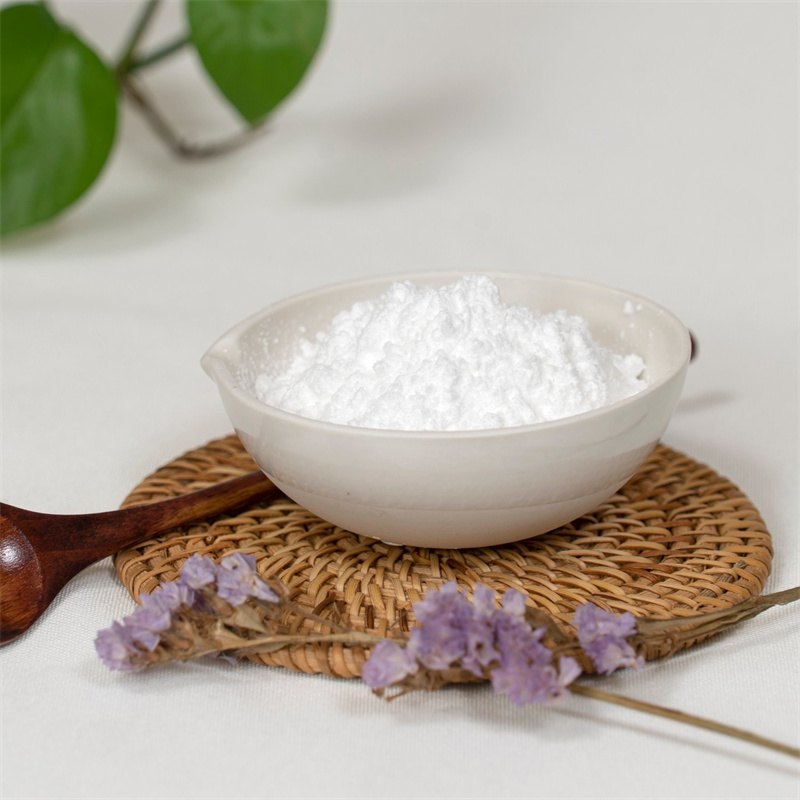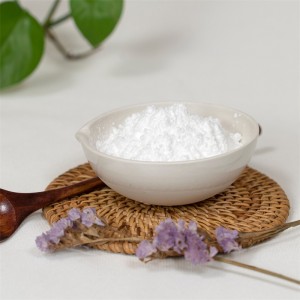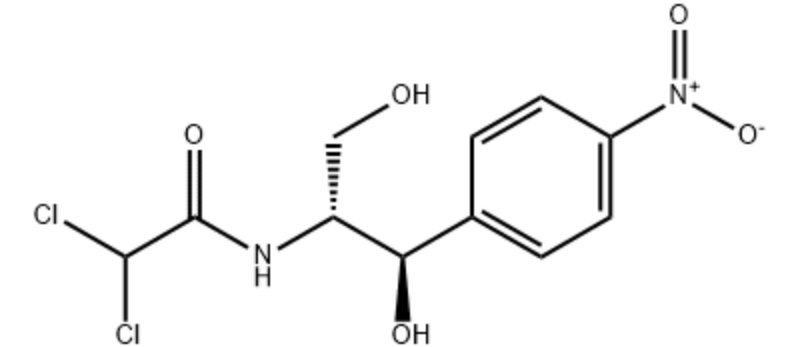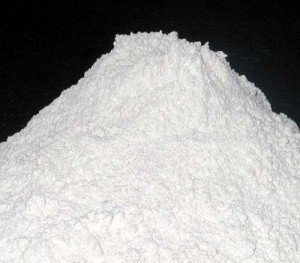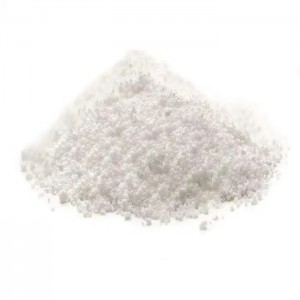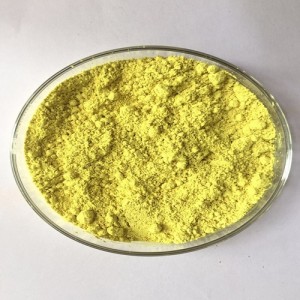| Basic Information | |
| Product name | Chloramphenicol |
| Grade | pharmaceutical grade |
| Appearance | A white, greyish-white or yellowish-white,fine,crystalline powder or fine |
| Assay | 99% |
| Shelf life | 1 year |
| Packing | 25kg/carton |
| Condition | stored in a cool and dry place |
What is Chloramphenicol ?
Chloramphenicol, also known as chlornitromycin, is a broad-spectrum, bacteriostatic antibiotic derived from Streptomyces venezuelae. It is a semisynthetic, broad-spectrum antibiotic derived from Streptomyces venequelae with primarily bacteriostatic activity.
Chemical Properties
It is white or yellowish green needle like crystals. The melting point is 150.5-151.5℃ (149.7-150.7℃). Under the high vacuum, it can be sublimated, slightly soluble in water (2.5mg/ml at 25℃), slightly soluble in propylene glycol (150.8mg/ml), soluble in methanol, ethanol, butanol, ethyl acetate, acetone, insoluble in ether, benzene, petroleum ether, vegetable oil. Taste is very bitter.
Application and function of Chloramphenicol
Chloramphenicol is bacteriostatic and a broad-spectrum antibiotic active against both gram-positive and gram-negative bacteria including rickettsia (cause of rocky-mountain spotted fever) and chlamydia. It is also found effective against Haemophilus influenzae causing meningitis.
Chloramphenicol is used for the treatment caused by typhoid bacillus, dysentery bacillus, Escherichia coli, bacillus, influenza and pneumococcal infections such as brucellosis
Chloramphenicol is used in the treatment of infections caused by bacteria. It works by killing bacteria or preventing their growth.
Chloramphenicol is used to treat serious infections in different parts of the body. It is sometimes given with other antibiotics. However, chloramphenicol should not be used for colds, flu, other virus infections, sore throats or other minor infections, or to prevent infections.
Chloramphenicol should only be used for serious infections in which other medicines do not work. This medicine may cause some serious side effects, including blood problems and eye problems. Symptoms of the blood problems include pale skin, sore throat and fever, unusual bleeding or bruising, and unusual tiredness or weakness.

